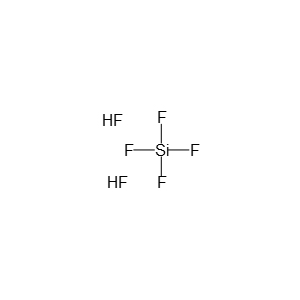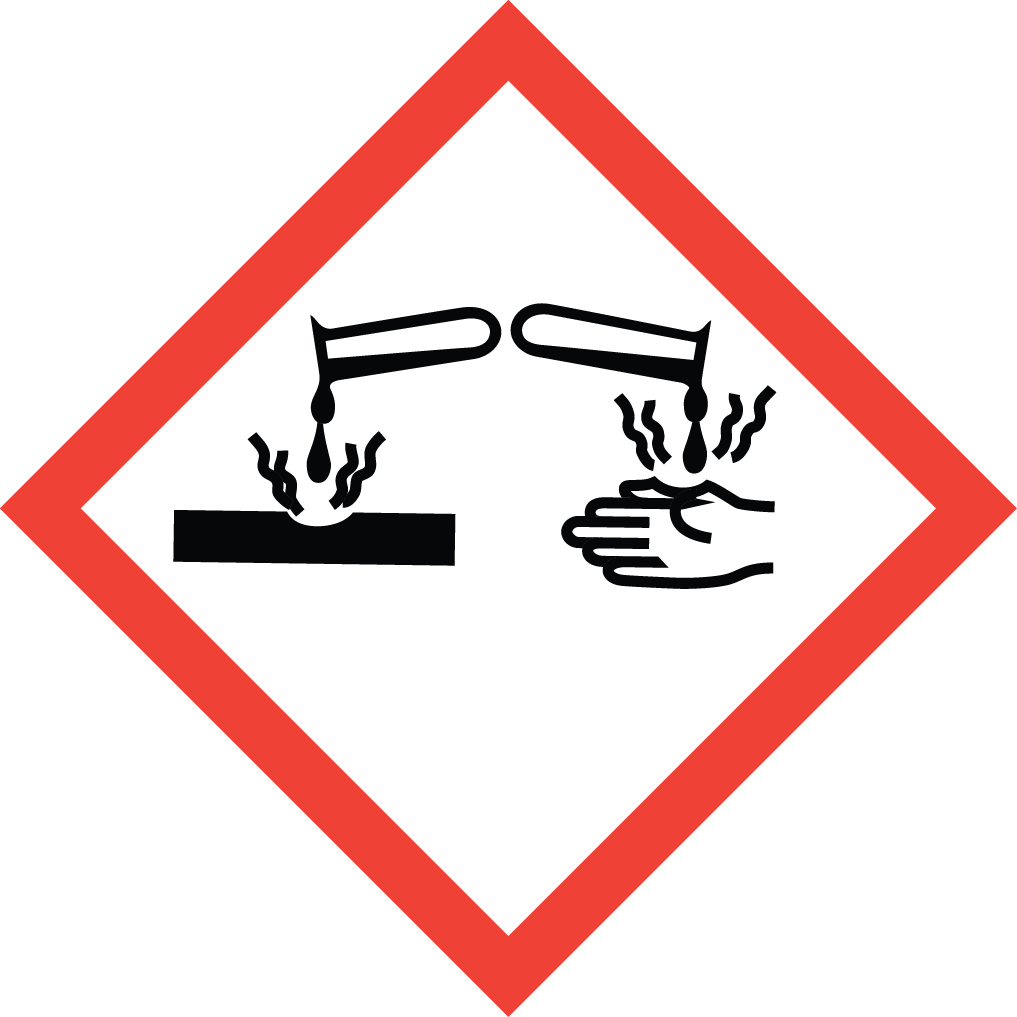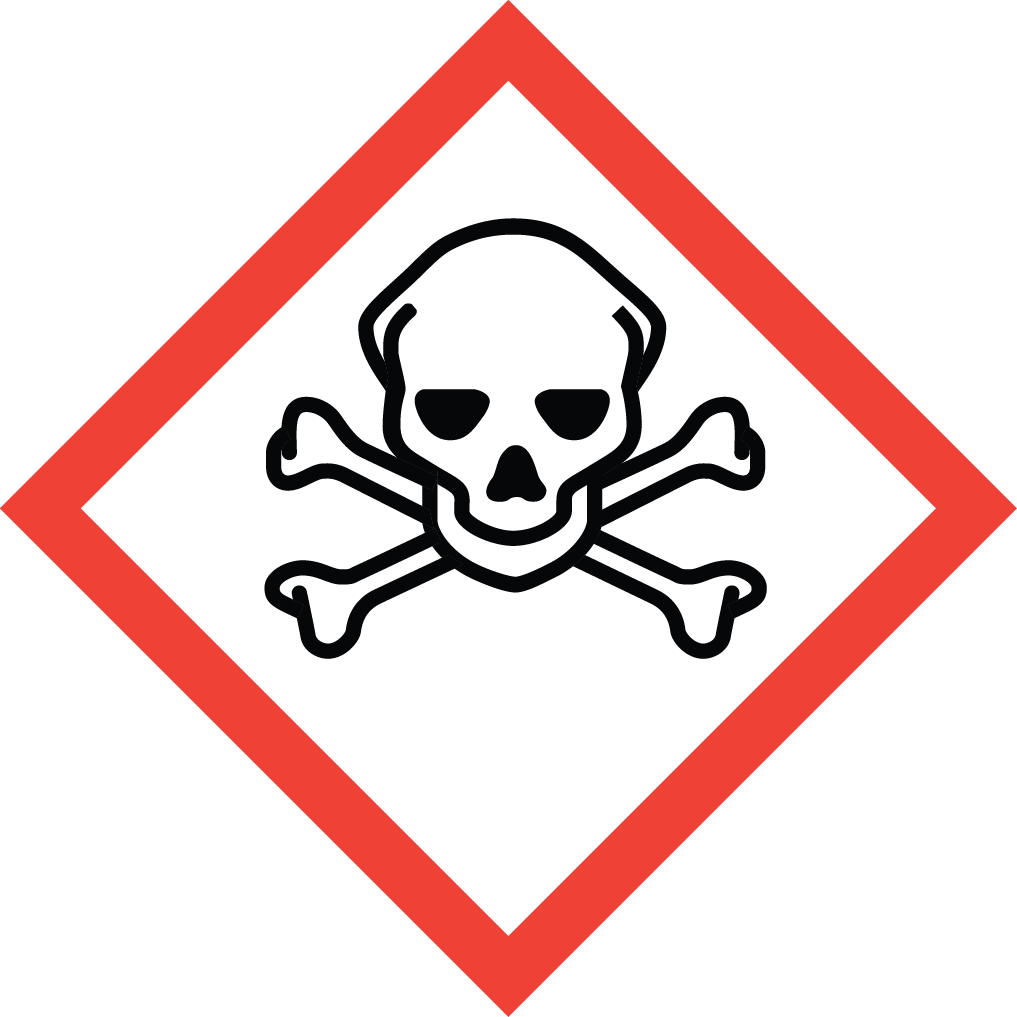Aure Chemical Delivers Excellence in Hexafluorosilicic Acid
Aure Chemical is a premier global supplier of high-quality Hexafluorosilicic Acid (H₂SiF₆), widely known as Fluorosilicic Acid or Fluosilicic Acid. Identified by its CAS number 16961-83-4, this inorganic acid is typically supplied as a colorless, fuming aqueous solution with a pungent, irritating odor. As a highly versatile and reactive compound, Hexafluorosilicic Acid plays a crucial role in diverse industrial applications, ranging from municipal water fluoridation programs to advanced metal surface treatments, electroplating, and as a key reagent in various chemical manufacturing processes. Its unique properties make it an indispensable asset where controlled etching, fluoride source, or pH adjustment is required. Aure Chemical's unwavering commitment to excellence ensures that our Hexafluorosilicic Acid meets the stringent purity and concentration requirements for your most demanding industrial applications, guaranteeing consistency, safety, and reliability.
Basic Information of Hexafluorosilicic Acid
Hexafluorosilicic Acid (CAS No. 16961-83-4) is meticulously produced and rigorously tested to meet stringent quality standards. We ensure exceptional purity and consistent concentration, essential for your critical applications:
| CAS No.: | 16961-83-4 |
|---|
| EC No.: | 241-034-8 |
|---|
| Linear Formula: | H₂SiF₆ |
|---|
| Molecular Weight: | 144.09 |
|---|
| Appearance: | Clear, colorless to pale yellow, fuming aqueous solution |
|---|
| Odor: | A pungent odor |
|---|
| Melting Point: | Typically available in various concentrations, commonly 20-40% (w/w). |
|---|
| Boiling Point: | 108-109°C |
|---|
| Density: | 1.22 g/mL at 20 °C (lit.) 1.31 g/mL at 25 °C |
|---|
| Solubility: | Highly soluble and miscible with water. |
|---|
| Acidity: | Strong inorganic acid. |
|---|
| Reactivity: | Reacts with glass, ceramics, and certain metals. Corrosive to tissues. |
|---|
| Stability: | Relatively stable in aqueous solution, but can slowly hydrolyze to hydrofluoric acid and silica. |
|---|
| RIDADR: | UN 1778 8/PG 2 |
|---|
| Chemical Structure: |  |
|---|
Our commitment to delivering high-purity Hexafluorosilicic Acid ensures a reliable and efficient component for your critical processes, offering consistent quality for diverse industrial needs.
Primary Applications of Hexafluorosilicic Acid
Hexafluorosilicic Acid's properties as a strong acid, fluoride source, and reactive agent make it a fundamental chemical with extensive applications across various industries:
Water Fluoridation:
One of its most significant applications is in municipal water fluoridation programs, where it serves as a cost-effective and efficient source of fluoride ions to help prevent tooth decay in public water supplies.
Metal Surface Treatment:
Used in the metal finishing industry for pickling and cleaning various metals, including stainless steel and aluminum, to remove impurities and prepare surfaces for subsequent processes like painting or electroplating. It can also be used for acid etching of metals.
Electroplating:
It is employed in electroplating baths (e.g., lead-acid battery production, tin plating) to improve the adhesion and uniformity of metal coatings, acting as a complexing agent for metal ions.
Chemical Manufacturing:
Serves as a chemical intermediate in the production of various fluorosilicates, cryolite, and other inorganic fluorine compounds. It's also used as a raw material for synthetic cryolite in aluminum production.
Wood Preservation:
In some formulations, it's used as a component in wood preservatives to protect timber from fungal decay and insect attacks.
Textile Industry:
Used in certain textile processes for mothproofing wool and for adjusting pH.
Concrete Hardening:
Can be used as a hardening agent for concrete, contributing to increased durability and resistance to wear.
Why Choose Aure Chemical for Your Hexafluorosilicic Acid Supply?
Aure Chemical is dedicated to providing superior chemical solutions and unparalleled customer support. By partnering with us for your Hexafluorosilicic Acid requirements, you benefit from:
Exceptional Purity & Consistent Quality: Our Hexafluorosilicic Acid is manufactured to stringent purity and concentration specifications, crucial for optimizing performance in sensitive applications like water fluoridation and precision metal treatments.
Reliable Global Supply Chain: We maintain a robust and efficient supply network, guaranteeing timely and secure delivery of this essential acid to your facilities worldwide, adhering to all strict safety and regulatory standards for corrosive materials.
Expert Technical Support: Our team of experienced chemists and specialists is readily available to offer comprehensive guidance on product application, safe handling procedures, and optimal storage conditions for Hexafluorosilicic Acid, emphasizing safety protocols due to its corrosive nature.
Commitment to Quality & Safety: We adhere to the highest industry standards for quality management, safety, and environmental responsibility across all our operations, ensuring peace of mind for our clients.
Choose Aure Chemical for a trustworthy and dependable supply of high-quality Hexafluorosilicic Acid. We're ready to support your most demanding and innovative industrial processes.
Hazards Classification
GHS Classification: Corrosive (GHS05), Acute Toxicity (GHS06)
Hazard Statements: Causes severe skin burns and eye damage; toxic if swallowed or inhaled.
UN Number: UN 1778
Hazard Class: 8 (Corrosive Substances)
Packing Group: II
 GHS05: Corrosive
GHS05: Corrosive GHS06: Acute toxicity
GHS06: Acute toxicity
